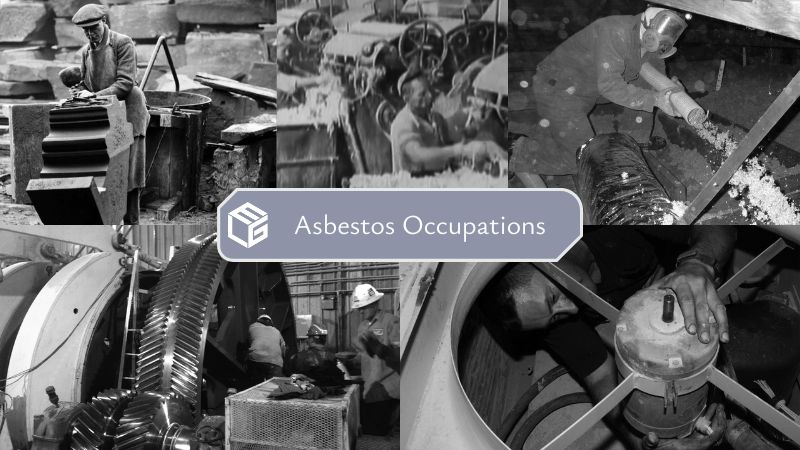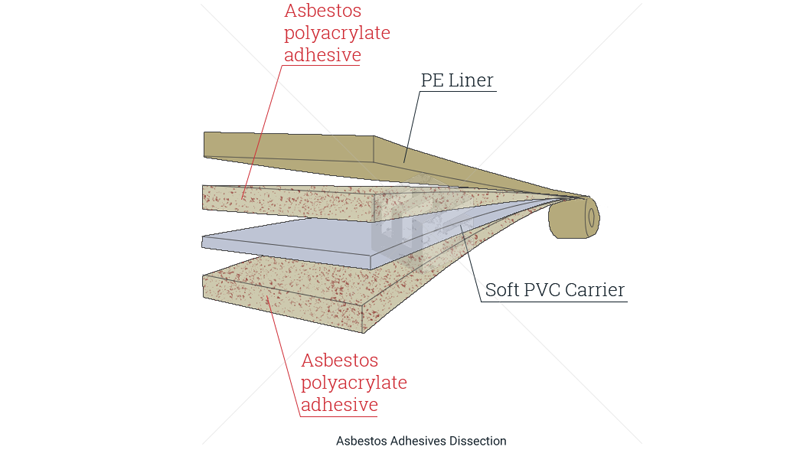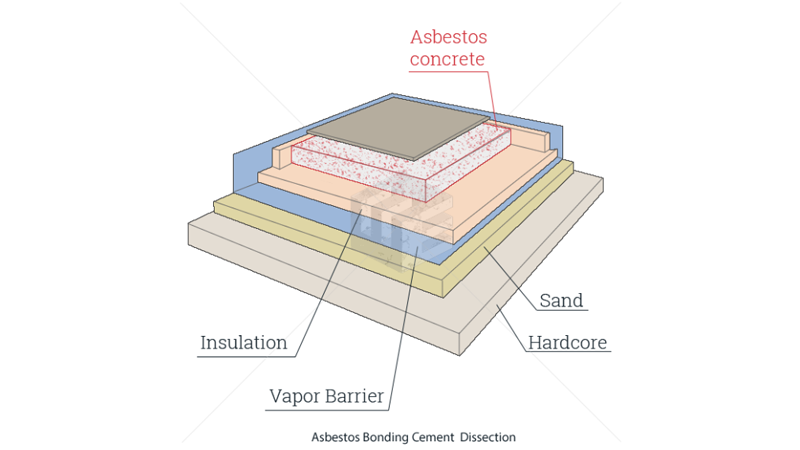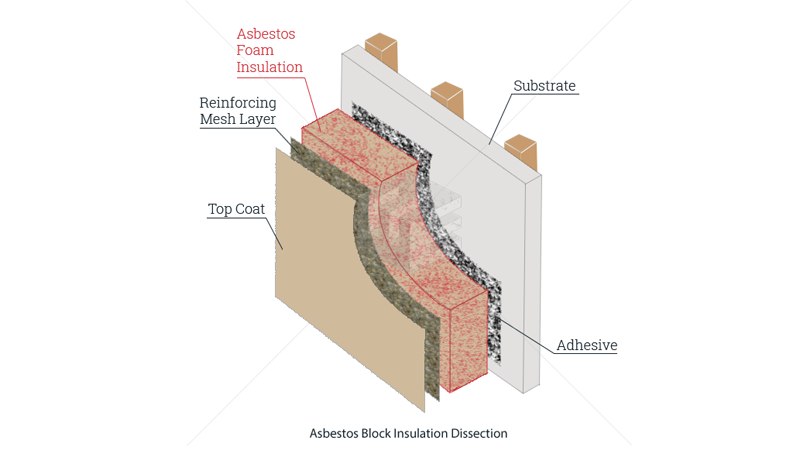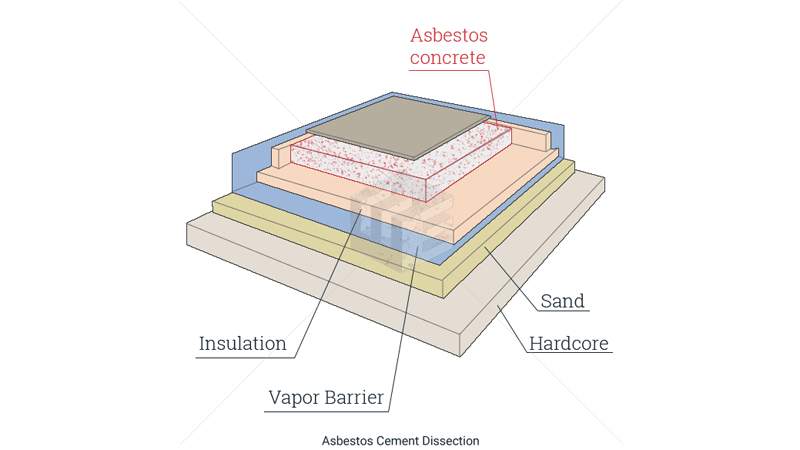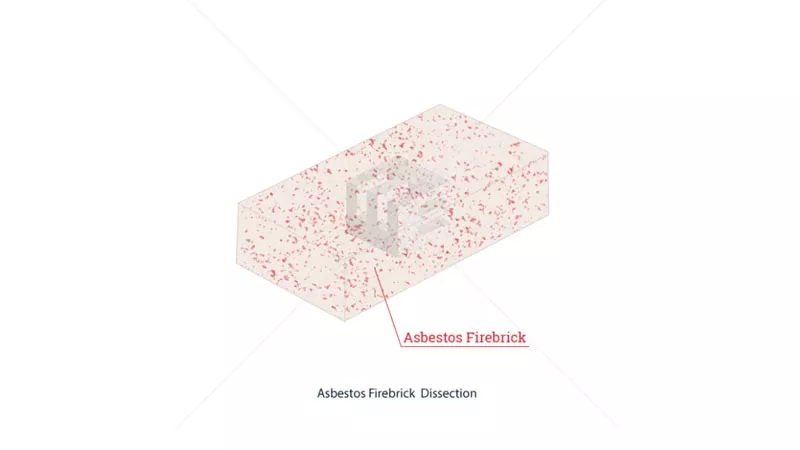Working on repair jobs too, masons would come in contact with the old materials used in the construction of buildings years prior.
The asbestos fibers from different materials, like stucco dust for example, that fell on employees' skin, hair, or working gear could also place their families at risk when they would return home. The diseases related to the inhalation of toxic asbestos fibers like mesothelioma or lung cancer can be fatal if diagnosed late.
During the last century, constructionmen who were serving in all military branches were responsible with a wide range of duties, such as preparing construction sites, materials and tools, assisting electricians and painters, removing debris and hazardous materials from sites, including asbestos, mixing and pouring concrete, assisting with the operation of heavy machinery and assembling barricades and temporary structures. Because they would disturb asbestos materials on a regular basis, they were inevitably exposed to the toxic mineral. When asbestos fibers were released in the air from various construction activities, a large amount would end up in the lungs of the people working on the site, since they were not wearing any protective equipment.
Other duties constructionmen were in charge of in the U.S. military include building and repairing wood, masonry concrete and steel structures, interpreting blueprints to prepare sketches for projects and installing sheetrock, paneling, and ceramic tile. The rating of constructionman was part of that of sea bee in the U.S. Navy, which is also known as the Naval Construction Force.
The rating of builder was established in 1948 by the U.S. Navy, stemming from that of carpenter’s mate. It is also known as sea bee. The duties of builders were similar to those of constructionmen. Builders made up the largest group of construction workers of the Naval Construction Force. They would directly handle asbestos products, which now places people who had this military occupation at a significant risk of developing a serious disease. Some of the duties builders would have to perform in the U.S. Navy were building and repairing wood, masonry concrete, and steel structures, as well as installing sheetrock, paneling, ceiling, and floor tile, millwork, and trim.
Serving under the rating of molder also meant performing similar duties as contructionmen. The rating of molder was established in 1917 in the U.S. Navy. A primary duty of molders was working with sand and metals to create castings by using special tools such as trowels, spoons, vent rods, slicks, lifters, and sprue cutters. Other responsibilities of molders were manufacturing products such as pipes and tiles, as well as forming, shaping, and carving various other construction materials. Exposure to asbestos was moderate in this military occupational group. Nevertheless, they are still at considerable risk of developing a terrible disease today.
Lastly, another military occupation which has a series of duties in common with constructionmen is construction driver. During the last century, construction drivers would operate vehicles such as dump trucks, forklifts, asphalt rollers, mixer trucks, crew buses, and fuel trucks. Working in the construction industry as a driver places you at a moderate risk of asbestos exposure since you rarely handle toxic products directly. However, by disturbing and moving asbestos materials, construction drivers would still inhale and ingest significant amounts of asbestos fibers released in the air by their activities, as well as by the duties of other military personnel working in constructions.
Relevant job titles
- bricklayer
- brickman
- brick mason
- brick gang
- brick room helper
- brick chimney builder
- brick setter
- forklift operator
- hardscape installer
- hod carrier
- mud tender
- stonecutter
- stonemason
- builder
- cement mason
- laborer
- molder
- construction driver
- sea bee
- maintenance worker
- construction worker
- demolition worker
- maintenance foreman
- concrete mixer
- sheetrock hanger
- drywall installer
- core cleaner
